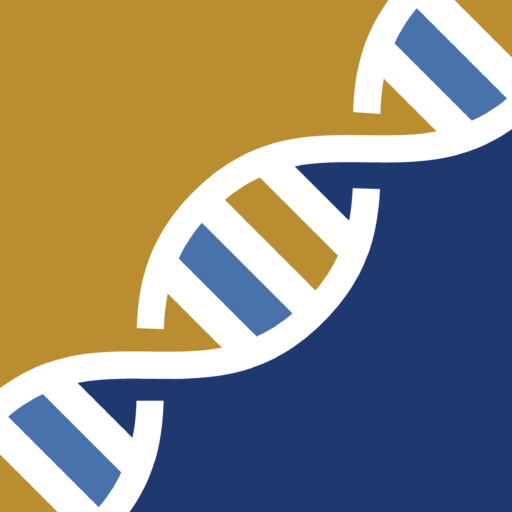How much do your next generation sequencing services cost?
Our prices take into consideration each project’s unique requirements, such as whether or not sample preparation and bioinformatic analysis will be conducted by the TGC, number of samples and lanes, and the run type. Please contact us for a price quote.
How long will it take to receive my data?
The turn-around time for next generation sequencing varies greatly based on the number of projects on-going and the requested work (whether the TGC will be preparing the libraries, providing the bioinformatics, etc.). During your project consultation, we will determine exactly which services the TGC will provide for your project and discuss the time considerations for those services. Individual lane submissions for high output sequencing immediately enter a queue for the next run, and are sequenced as soon as all eight lanes have been filled. We do our best to expedite the processing of all samples and keep customers updated throughout.
How many reads does one lane yield on the HiSeq?
In high output mode each lane generates approximately 180+ million usable, pass filter reads. We are constantly working to increase the number of usable reads.
TGC-prepared sequencing libraries undergo standardized quality assessment and calibration to ensure optimal cluster generation and densities. User-prepared libraries cannot be guaranteed optimal cluster densities, though many come very close.
TGC-prepared sequencing libraries undergo standardized quality assessment and calibration to ensure optimal cluster generation and densities. User-prepared libraries cannot be guaranteed optimal cluster densities, though many come very close.
What are the read length options?
In high output mode we offer sequencing runs of 50bp Single Read or Paired End, as well as 100bp Paired End. Researchers who submit two lanes for Rapid run mode can have their samples sequenced at any length. Researchers interested in MiSeq sequencing can receive 50, 150, 300, or 500 cycles (one cycle = one base pair). For more information, please contact us.
How do I determine how much sequencing coverage I need?
Each project should be evaluated individually in order to determine the ideal coverage for each sample. For more information, please refer to “Sequence Coverage” .
How will my data be delivered to me?
Data is delivered through our secure FTP server in FASTQ zipped format. As soon as it is available, you will receive an email with detailed instructions on how to retrieve your data.
What are indexes or barcodes?
During sample preparation special adaptors are ligated to fragments allowing hybridization to the flow cell on which they are sequenced. These adaptors contain a unique 6-8bp sequence, known as an “index” or “barcode” essentially “tagging” each individual sample and making it possible to sequence multiple samples together as a pool. Because index sequences are unique, individual samples are then identified according to their assigned index during bioinformatic analyses. For more information, refer to Library Preparation. If you intend to prepare your own libraries, please see our “Instructions for choosing appropriate indexed sequencing adapters“.
What are the RNA/cDNA sample requirements?
Please visit the Sample Requirements page to find the most up-to-date sample requirements for your project.
May I submit libraries that I have already made for sequencing?
Yes, you may. If the libraries were prepared long before sending them we highly recommend quantifying them by qPCR. Please visit the Ready Libraries page for our ready library submission guidelines.
What are the requirements for submitting prepared libraries?
Please visit the Ready Libraries page to find the most up-to-date requirements.
My sample does not meet your requirements for starting concentration /volume/ purity/etc. Will you still prepare it?
We at the TGC want to help researchers get the best sequencing data possible, so if your DNA or RNA does not meet the recommended starting quantities and/or qualities of our standard protocols, then please feel free to contact us! We are happy to look into new protocols that may be more fitting for your samples.
Alternatively, if you choose to take your chances with a protocol whose starting requirements are not met by your sample, then we are happy to prepare the samples, but cannot take responsibility for low-quality libraries and/or sequencing. Additionally, libraries prepared and/or sequenced from low-quality starting material will still be charged the initially agreed upon fee regardless of the quality of the sequencing results.
Alternatively, if you choose to take your chances with a protocol whose starting requirements are not met by your sample, then we are happy to prepare the samples, but cannot take responsibility for low-quality libraries and/or sequencing. Additionally, libraries prepared and/or sequenced from low-quality starting material will still be charged the initially agreed upon fee regardless of the quality of the sequencing results.
How to Submit Samples to the TGC?
Please refer to How to Submit Samples to the TGC page.
